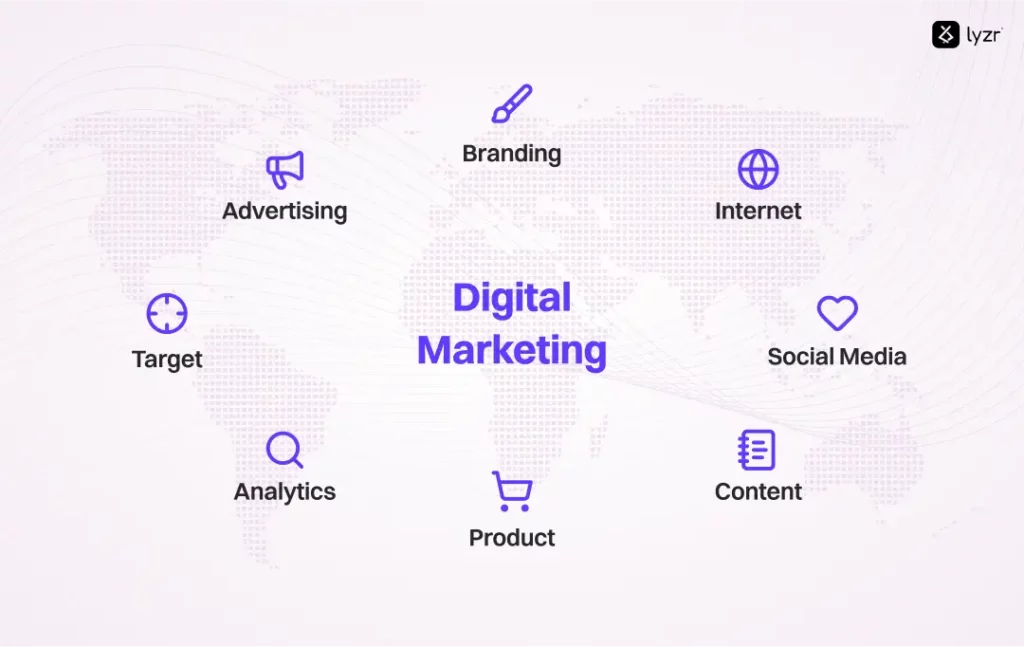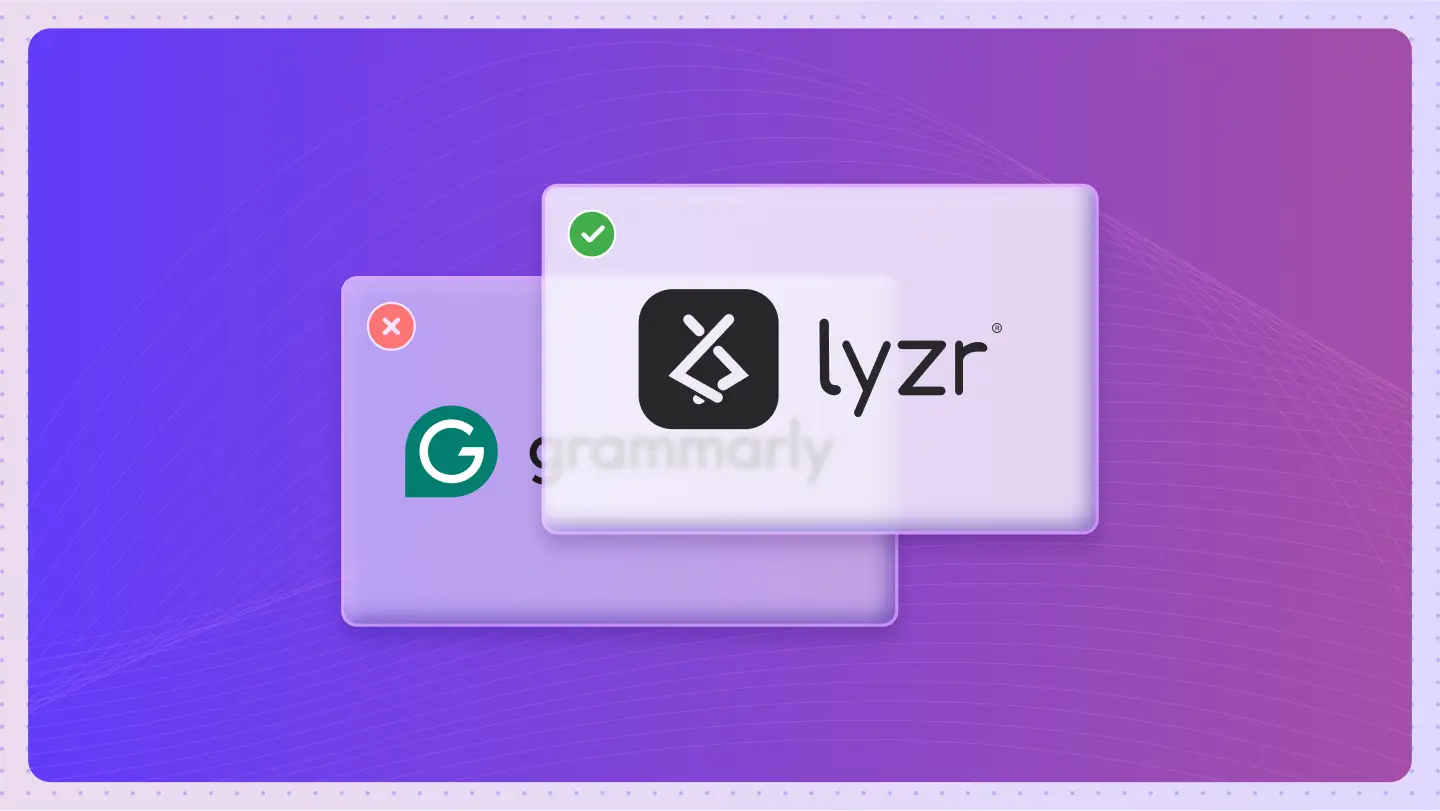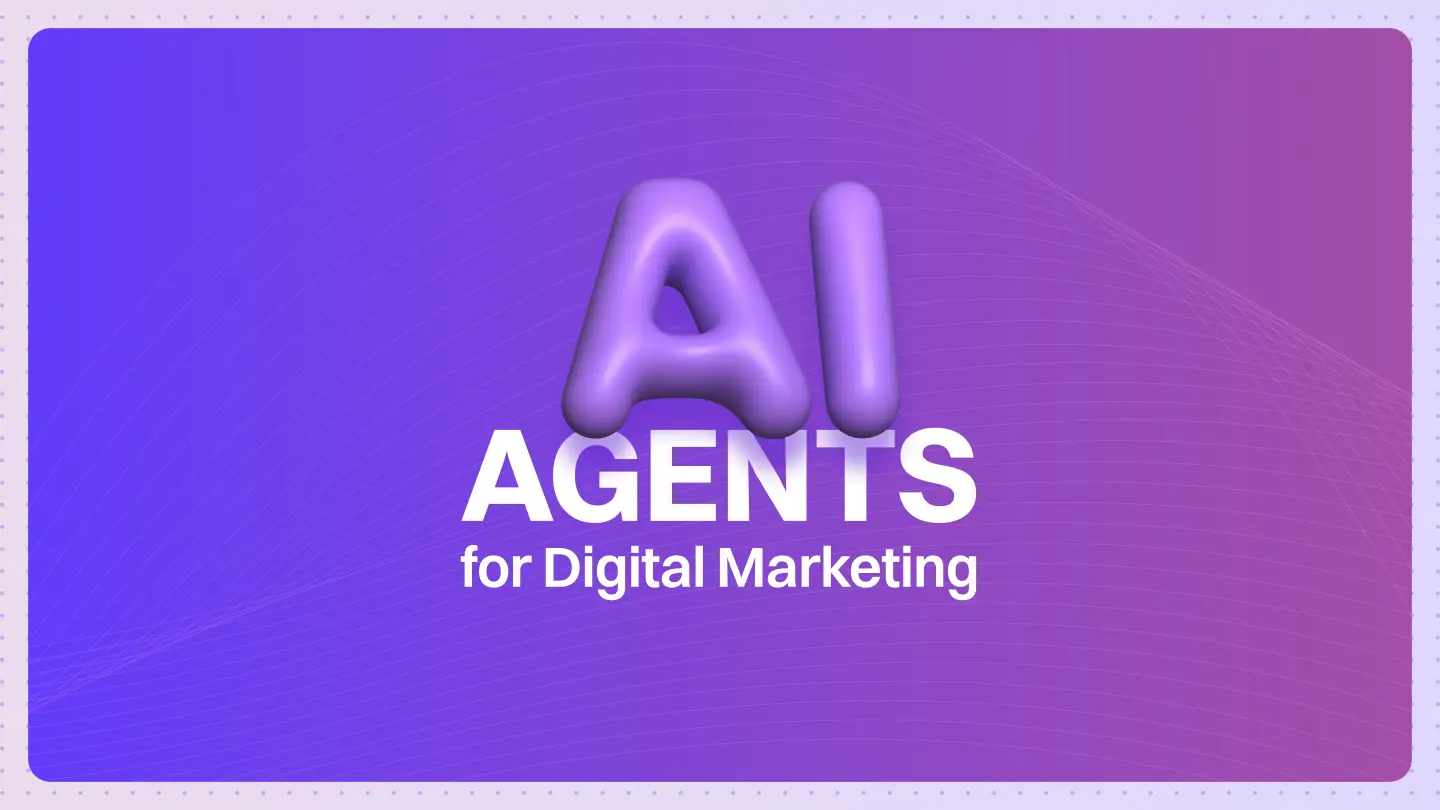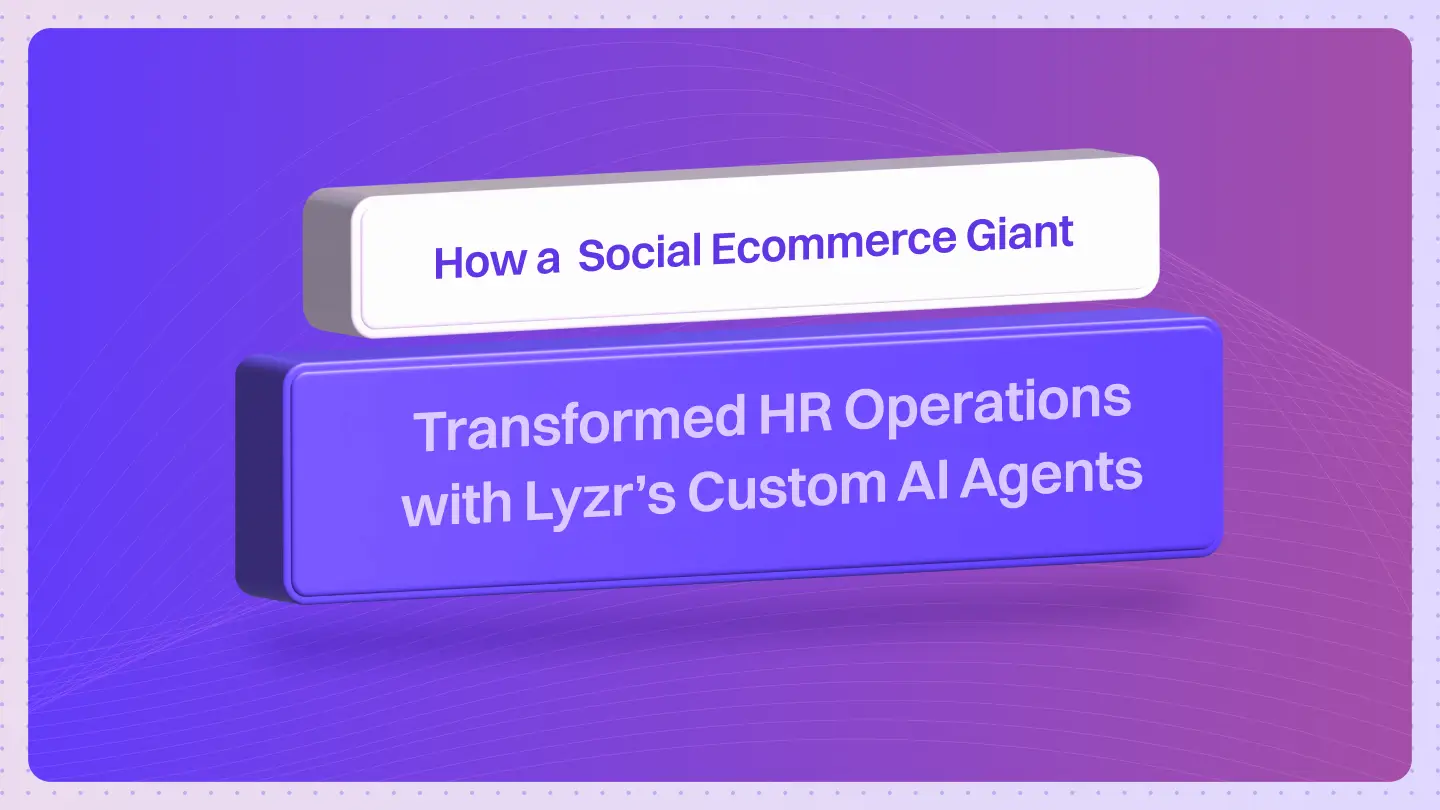Table of Contents
ToggleMarketing isn’t complicated.
Words matter. Every ad, every post, every email starts with words and yet most marketers still struggle to write a copy that actually converts. The truth is weak writing kills campaigns. You can have the best product, the best strategy, and the biggest budget but if your words don’t land nothing else matters.
Think back to your last email subject line. Did it make you want to click?
Or did it sound like every other brand in your inbox?
It’s not your “strategy” or “brand voice.” If your copy doesn’t connect, it’s just bad writing.And most marketing copy falls into that trap: vague, uninspired, full of fluff that nobody reads.
That’s why so many marketers cling to Grammarly. It’s safe. It cleans up the mess. It makes sure you don’t look stupid with a dangling modifier.But here’s the thing: Grammarly was built to make you correct. Not to make you compelling.
And if you’re a marketer, you need more than correct. You need copy that cuts through noise, sparks emotion, and makes people move.
That’s where Grammarly alternatives come in tools that don’t just tidy your commas, but actually help you write sharper, faster, smarter. Tools built not for students writing term papers, but for marketers, copywriters, and creators who need words that work.
In this post, we’ll explore the best Grammarly alternative for marketers, copywriters, and content creators and show you how they can help you write smarter, faster, and more effectively.
Core of marketing
Your visuals grab attention but your words convert it into action. Every campaign lives or dies on how clear and persuasive your message is.
The best brands know this:
- Zomato doesn’t just send notifications. They crack jokes that make you laugh and make you click.
- Swiggy sneaks into your inbox with subject lines so playful you end up ordering when you weren’t even hungry.
- Nike needed only three words Just Do It. That wasn’t a tagline; it was a rallying cry.
- Apple proves less is more: one landing page, ten words, and suddenly you want a $1,000 phone.
None of this is luck. It’s the power of copy done right words that build trust, spark emotion, and push you to act
Here’s the good news: you don’t need a Madison Avenue creative team to pull this off anymore. AI writing tools are leveling the playing field. They can help you sharpen your social captions, write email campaigns that actually get opened, and craft landing pages that sound premium instead of padded with fluff.
Because here’s the truth: great copy is the difference between another ad you scroll past and the one that makes you stop, grin, and click before you even realize it.
And yet writing like that, every single time? Brutal. That’s why most marketers lean on tools. Grammarly is the default. It’ll polish your commas, sure. But commas don’t sell. Correct isn’t the same as compelling.
Good grammar doesn’t sell. Great copy does.
Good grammar doesn’t sell. Great copy does.
Grammarly will make sure your commas behave. It’ll catch the embarrassing typos. It’ll keep your sentences looking sharp. But no campaign ever went viral because the commas were in the right place.
Still, Grammarly isn’t useless. Here’s what it actually does for marketers:
| Feature | What It Does | Why It Matters for Marketers |
| Grammar & Spell Check | Fixes spelling, punctuation, and grammar errors in real time. | Keeps content error-free and professional. |
| Clarity Suggestions | Simplifies wordy or confusing sentences. | Makes copy easy to read and digest quickly. |
| Tone Detection | Analyzes if your writing sounds formal, casual, confident, or friendly. | Ensures your message matches the brand voice. |
| Plagiarism Checker | Scans text against billions of web pages. | Protects brand credibility by avoiding unintentional plagiarism. |
| Style Guides (Business Plan) | Lets teams set brand-specific rules and terminology. | Keeps marketing copy consistent across campaigns. |
| Browser & App Integrations | Works across Gmail, Docs, Word, LinkedIn, etc. | Saves time and ensures copy is polished everywhere. |
All good. All necessary. But here’s the problem: Grammarly only fixes what’s already written.
And in marketing, polishing isn’t enough.
What you need isn’t just an error-free sentence.
You need an engine that:
- Writes the blog draft and tests three headline variations.
- Generates email sequences and optimizes them for clicks.
- Studies competitor moves and rewrites in your exact brand voice.
- Pushes content out through your CRM, schedules it, and learns from analytics.
That’s not Grammarly. That’s an agent.The leap is this: from a grammar checker to a marketing operator. From passive tool to proactive growth partner. And that’s the wave marketers can’t afford to miss.
Because grammar doesn’t sell.A well-designed agentic marketing system does.One that doesn’t just proofread copy, but understands your audience, tests variations, distributes across channels, and learns from results.
Didn’t read all that? Don’t worry, here’s the TL;DR(ive) the difference between Grammarly and Marketing Agents at a glance
| Grammarly | Marketing Agents |
| Fixes grammar, spelling, tone | Generates entire blog drafts, ad variations, and email sequences |
| Polishes what you’ve already written | Creates new content in your exact brand voice |
| Detects plagiarism | Surfaces competitor insights + fresh angles for your campaigns |
| Integrates with Docs, Gmail | Integrates with your CRM, analytics, publishing stack |
| Makes your writing correct | Makes your marketing perform |
| Keeps you safe | Makes you money |
Oh, you didn’t just skim the table, did you?
So that’s the landscape. Grammarly, Jasper, Quillbot, Wordtune all useful, all limited.
But here’s the thing nobody tells you: marketers don’t just need better sentences. They need better systems.
That’s where the real shift is happening. Not “tools” → agents.
If Grammarly Polishes, Lyzr Powers
Lyzr isn’t another app you download. It’s an AI agent platform the backbone enterprises use to build and run autonomous AI operators. (Think aviation, finance, insurance, healthcare sectors where reliability actually matters.)
And from that backbone comes…
Skott: Your Super Marketing Agent
If Grammarly is spellcheck, Skott is growth check. Instead of correcting your copy, Skott runs your campaigns end-to-end:
- Creates content (social posts, emails, blogs)
- Publishes automatically across channels
- Engages with your audience in real-time
- Learns from performance and tweaks campaigns on the fly
Basically, the stuff marketers spend 50% of their week doing manually? Skott does it for you, faster, smarter, endlessly scalable.

Why is Skott Important (mp/major player)?
- Autonomy & Scalability: Skott operates with minimal human oversight, capable of producing content and managing digital campaigns at a scale and speed unachievable by traditional marketing teams.
- Comprehensive Solution: It combines content research, creation, publication, and analytics in one platform, reducing the need for multiple marketing tools.
- Team Empowerment: Rather than replacing humans, Skott enables marketing teams to focus on creative strategy and customer relations by automating routine tasks.
- Privacy & Security: Local/cloud deployment with strict data control addresses enterprise concerns about sensitive data and compliance.
- Market Adoption: It appeals to SMBs, agencies, and enterprises for its efficiency, customization, and the ability to generate high-quality, consistent content output with minimal cost and overhead.
So here’s the question:
Do you want to keep fixing commas? Or do you want to start fixing conversions?
Grammarly makes your writing correct.But correct doesn’t sell. Agents like Skott make your marketing perform. They don’t just edit sentences they move numbers.
Every choice you’ve made so far as a marketer has been about safety. Don’t look stupid. Don’t make a typo. Don’t get called out.But safety never scaled a business.Performance did.
So maybe the real choice isn’t Grammarly vs. alternatives.
It’s safe vs. scalable.
Correct vs. compelling.
Tools vs. agents.
And once you see that, the old way feels small. Because the future of marketing isn’t about checking your copy. It’s about growing your business.
That’s the leap.
That’s Lyzr.
That’s Skott.
Ready to see it in action?
Don’t take my word for it book a 10-minute demo. We’ll show you how Skott writes your next campaign …so you can stop fixing commas and start fixing conversions;)
FAQs
1. What makes Skott different from Grammarly?
Skott focuses on context-aware writing suggestions with deeper style analysis, while Grammarly emphasizes grammar and spelling.
2. Does Skott improve tone and clarity better than Grammarly?
Yes, Skott analyzes tone, readability, and flow, helping writers adapt content for specific audiences—beyond just error correction.
3. Is Skott more affordable than Grammarly?
Many users choose Skott because it provides advanced features at a more cost-effective pricing model.
4. Can Skott handle professional and creative writing better than Grammarly?
Skott offers nuanced feedback for business, academic, and creative contexts, making it versatile for different writing needs.
5. Why do users switch from Grammarly to Skott?
Users often switch because Skott delivers more accurate suggestions, better stylistic guidance, and an overall smoother writing experience.
Book A Demo: Click Here
Join our Slack: Click Here
Link to our GitHub: Click Here





